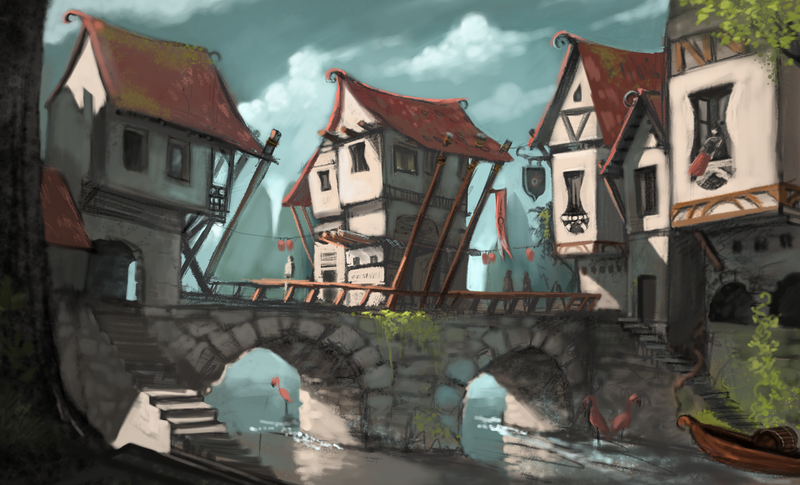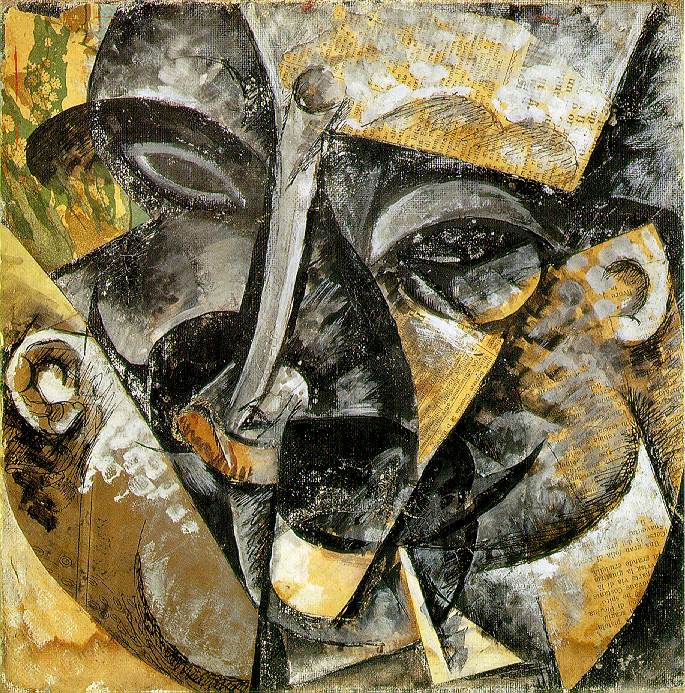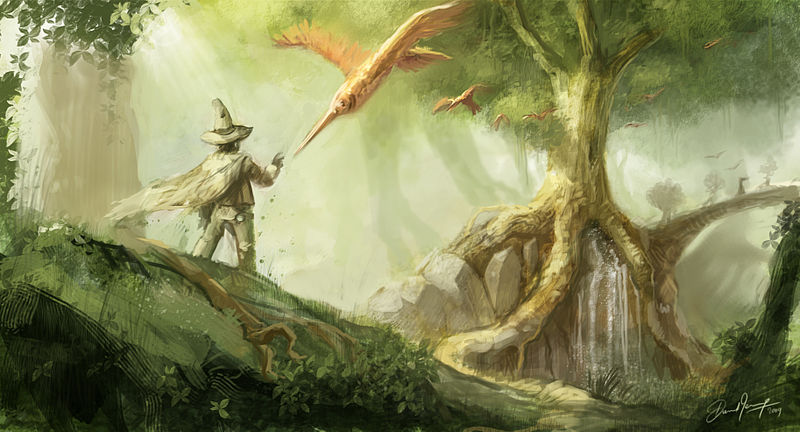Due to the nature of the Internet, we’re becoming increasingly exposed to a myriad different illustration styles from all corners of the globe. This is undeniably a good thing, as it means the well of inspiration is virtually limitless and instantly accessible, but it can also serve to muddy the waters. When you’re bombarded with so many great illustration styles on a constant basis, how do you best find and develop your own?

Today, we’re going to dig into how to do just that. Read on as we discuss:
How to Develop Your Own Illustration Style
1. Go Formal
We’d never deny that it’s entirely possible to learn the art of illustration through self-taught methods. However, they almost always involve emulating other people’s illustration styles in order to improve. This isn’t an ideal path to originality.
On the other hand, attending illustration school will give you the ability to stand on your own two feet as an illustrator. Rather than learning simply how to illustrate, you’ll learn the whys of illustration and the underlying concepts behind it all. Herein lies the key: as well as learning from the greats that came before you, formal tuition teaches all the methods and tools you’ll need to develop and execute your own ideas.
2. Realize It’s Okay to Admit Defeat
Sometimes, we as illustrators simply get stuck in a rut. We grind away with one of a few illustration styles for months and possibly years, never feeling that you’re advancing as an artist but at the same time feeling reluctant to give up on the investment you’ve already put into it.
In poker, they call this being “pot committed”: the act of having put so much in already, that you might as well keep going despite a high risk of it not paying off.
Of course, this is a bad move. You’ll never master every one of the many illustration styles you’ll attempt during your lifetime, and there’s no shame in recognizing that and moving on when you find that something’s not clicking for you.
3. Switch Medium
When it’s time to change things up a little, don’t just switch illustration style… switch the medium you’re using entirely.

Are you a big inker? Try going pencil-only. Do you typically work in pencil? Commit to only using acrylics for a month. Done all of those already? Try something totally unconventional like working with textiles or stencils, or even try playing with different things such as comic-book format or large scale canvas.
Nothing will help you get out of a rut quicker, and even though the results might be mediocre, the new ways of thinking will bring you back to your own comfort zone. At the end, the experiment will be worth it.
And lastly…
4. Don’t Chase the Dollar
At some point or another, you’ll attract your first commission. Every illustrator remembers his or her first one, and there’s no greater feeling in the world.
Making money off of the back of your art is a great goal to pursue and hopefully achieve, and don’t let anyone tell you otherwise. But at the same time, it’s often ill-advised to center your entire illustrative style around the kind of things that are currently attracting commission. Reasons being:
- The market changes constantly, and you’ll always be one step behind.
- Chances are you’ll end up being a second-rate version of the people you’re trying to emulate.
- You run the risk of losing your love of illustration.

But to those that are worried that their own illustrative style or direction is so quirky and out there that nobody is ever likely to commission work from you, we’d say don’t fret… and definitely don’t underestimate the selling power of originality. We previously covered five illustrators that not only stuck true to their own inimitable style, but it also lead them to a lucrative career.